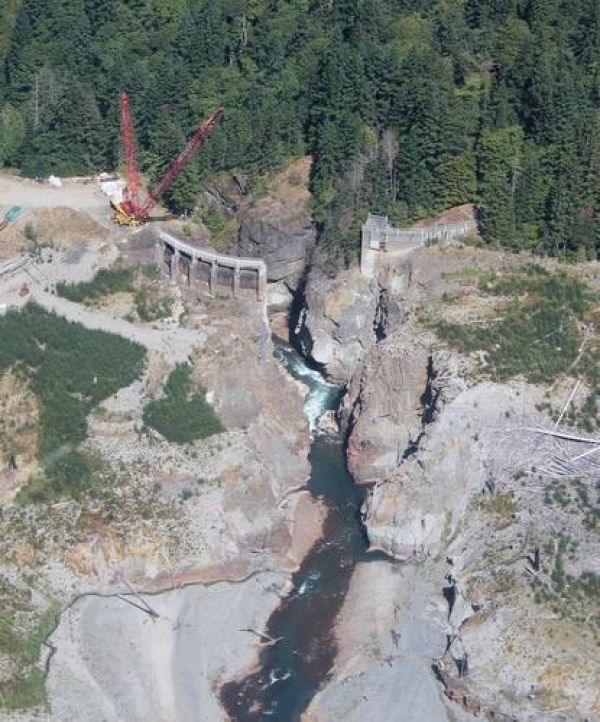In the United States, the removal of dams now outpaces the construction of new ones—with more than 1,400 dams decommissioned since the 1970s—and a new study (link is external) suggests that the ecosystem effects of dam removal can be predicted.
Published in the journal BioScience, the study identifies a consistent set of physical and biological processes that control ecological responses to dam removal. These processes, combined with the unique environmental conditions found at each dam, ultimately determine how the ecology of the river will respond.
“We found that each dam removal is unique because of the location, size, and history of the watershed,” said Ryan Bellmore, a Juneau, Alaska-based research fish ecologist with the U.S. Forest Service’s Pacific Northwest Research Station who is lead author of the study. “Nevertheless, we found that ecological responses generally follow similar patterns.”
Although dams are primarily removed because they are aging and are costly to repair or upgrade, ecosystem recovery also is a common objective, particularly for fish species such as salmon that are culturally and economically important.
Read more at USDA Forest Service - Pacific Northwest Research Station
Image: Aerial photograph of the Elwha River flowing through the remains of the Glines Canyon Dam in Washington State during the third year of a dam removal project. (Credit: Jeff Duda, US Geological Survey, Western Fisheries Research Center)


